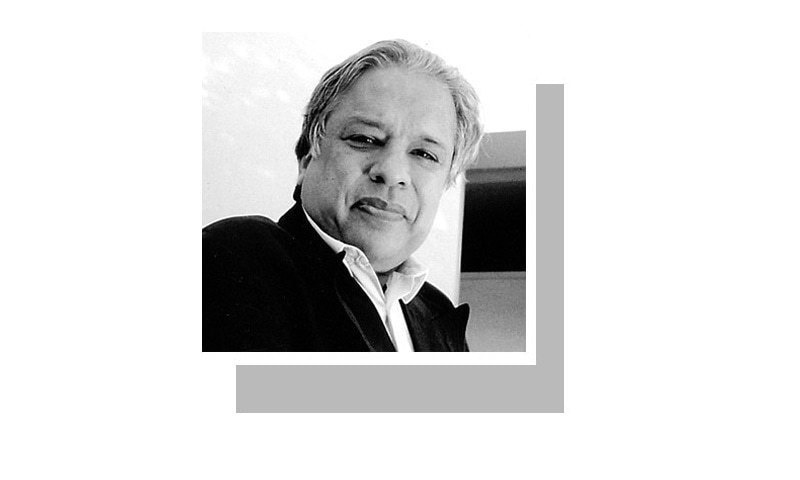UNIVERSITIES in 53 cities all over Pakistan participated in a student march on Nov 19, 2019, and demanded the restoration of student unions and reforms in the higher education sector.
Political parties have reacted cautiously to the demand and feel that these unions should not be allowed to participate in national politics and their role should be restricted to academic and cultural activities. Liberal elements in politics and society have also compared the similarity of this movement with previous student involvement in politics, especially of the Ayub era.
Apart from the demands of the present student leadership, there is no such similarity because Pakistan is not the same as it was in 1952 when the first movement took place, or 1960 when the movement against Ayub began.
Those movements took place in a global climate of radicalism, when the first post-war generation came of age and the spirit of the anti-colonial movements in Asia and the Middle East were alive. At that time, there was a strong Non-Aligned Nations movement and there was also an Asia-Africa solidarity movement which was supporting the regimes fighting colonialism in Africa.
Students will definitely be involved in the politics of the country.
The students and many of the teachers of that time were very much a part of these movements so it is not surprising that the students organised large-scale demonstrations against Britain, France, and Israel, when the Suez Canal was nationalised and that the first major movement of the NSF resulted from a government crackdown on students protesting the assassination of Lumumba. All this has now changed.
When Burhan Wani was killed or when the invasion of Iraq by the US took place, there was no student reaction and nor has there been one to Trump’s recent plan for Palestine. This is in part because in global politics things are no longer black and white. There is a whole grey world produced by ideological changes in China, the collapse of the Soviet Union, the fake consensus-seeking of the EU, and the growing domination of global capitalism.
There have been other changes too. In 1964, there were six universities, of which one was private. Today, there are 209 recognised universities, of which 82 are private. In 1964, the university student population was 13,221 and today it is over 1.8 million.
Previously, movements originated and were organised from Karachi. Today, they will originate and be organised from Punjab, where a strong middle class with roots in the establishment has emerged. Also, with the growth in private sector universities, the nature of political organisation between them and the public-sector universities will differ considerably. There are other differences as well. Since 2000, 21 universities in small towns of 200,000 to 500,000 (1998 census) have been established. Thirty per cent of students in these universities are from the rural areas.
Then, in 1964, the proportion of women in the universities was 20.6pc. Today, it is over 58pc. In the more urbanised cities, it is overwhelmingly female. Previously, in student organisations, women were organised separately from the men. This is unlikely to happen today as even if it does, there will be women in the main union who will stand for elections and some of them will probably get elected.
These women are different from their earlier sisters for they are a generation that are increasingly taking to riding motorbikes and participating in the annual Aurat March, and are vocal supporters of pro-women laws. Further, a large number of rural women are in universities and are agents of change in their villages.
Meanwhile, there are 3m students enrolled in Pakistan’s degree colleges and universities. This amounts to 15pc of the 20m Pakistanis in the eligible age group of 18-24, a formidable number but with very different sociopolitical situations in the four provinces.
Student politics in Balochistan are likely to express its deprivation; those in the KP, a desire for justice in the post-conflict era in the province; in Sindh it is likely to give a new voice to Sindhi nationalism; and in Punjab (judging from its role in the present movement) an emphasis for the consolidation of social and economic change.
Irrespective of what role is prescribed to the unions by the establishment, they will definitely be involved in the politics of the country and will be wooed by different political parties irrespective of whether it is permitted or not.
To bring this enormous student power together for promoting a progressive Pakistan requires consensus building in an ideologically disparate society. If different student groups can agree on the reforms required in the higher education system and their process of implementation, it will be an important beginning on which they can build a platform of discussion and debate on national issues.
The writer is an architect.
Published in Dawn, February 16th, 2020











































